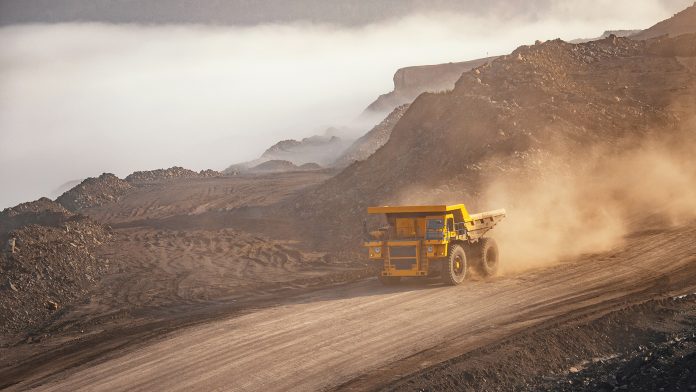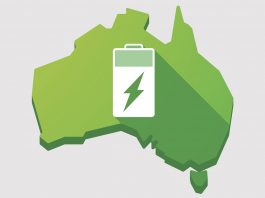Shannon O’Rourke, CEO of the Future Battery Industries Co-operative Research Centre, explores the significance of Australia’s Critical Minerals Prospectus in driving investment and fostering innovation in the nation’s critical minerals sector.
Australia stands at the forefront of the global critical minerals landscape, boasting abundant geological resources and a world-class mining sector.
The country recently released its 2024 Critical Minerals Prospectus, inviting both domestic and foreign investment in its critical industries.
We asked Shannon O’Rourke, CEO of the Future Battery Industries Co-operative Research Centre (FBI CRC), about the prospectus’s role in shaping the trajectory of Australia’s critical minerals sector.
What is the significance of Australia’s Critical Minerals Prospectus in the national and global context?
Australia has world-leading geological resources across the full breadth of critical minerals. Our mining sector is world-class, and Australia’s resource, logistics, and energy advantages make it an attractive investment destination.
The prospectus sends a signal that Australia is open for business, and that it is looking for inward investment in these critical industries.
How does the prospectus aim to promote investment and innovation in the critical minerals sector, and what strategies are outlined to achieve this goal?
Austrade is Australia’s global investment and trade agency, and their prospectus highlights the breadth of both mining and mineral processing opportunities available to investors.
The prospectus is available in multiple languages to make it easier to consume for foreign investors.
The Commonwealth Government offers a range of financing vehicles, including the National Reconstruction Fund, Northern Australia Infrastructure Fund, Export Finance Australia’s Critical Minerals Facility; as well as some not mentioned in the prospectus, including the Clean Energy Finance Corporation and ARENA, who can offer syndicated finance and supporting grants to help deliver these investments.
Can you provide an overview of the FBI CRC’s involvement in Australia’s Critical Minerals Prospectus?
The prospectus curates Australia’s most compelling upstream and midstream investments. Compared with previous editions, the prospectus has a broader focus. Not just mines, but also midstream processing and manufacturing opportunities.
We were involved through our contribution to Australia’s Critical Minerals Strategy. Our Charging Ahead report revealed the strategic and economic benefits to Australia to undertake more midstream processing of its critical minerals resources.
Our map of Australia’s battery ecosystem is contained in the report.
How does the FBI CRC contribute to identifying and prioritising critical minerals for Australia’s economic growth and national security?
The FBI CRC was one of many organisations who contributed to the update of Australia’s critical minerals list.
The changes made to the list in 2023 enable Australia to better align its critical mineral efforts with trading partner needs in the current geopolitical environment.
What are some of the key challenges faced by Australia’s critical minerals sector, and how is the FBI CRC working to address these challenges?
Critical mineral processing is a competitive industry, and the established technologies have room for improvement. Through investment in capability and technology, Australia can sharpen its competitive edge.
The FBI CRC has developed new capabilities in advanced materials and improved mineral processing technologies in lithium, nickel, cobalt, and vanadium. Our work in the assessment and use of mine wastes is helping to accelerate environmental approvals for upstream developments. Our work is building a domestic capability and a capable workforce.
Looking ahead, what are the FBI CRC’s strategic priorities and objectives in advancing the critical minerals industry, and how do you envision the future trajectory of the sector?
Our mission is to build a vibrant battery industry for Australia. Our immediate priority is to deliver new common user facilities which will support continued industry growth, in mining, refining, materials, and battery manufacturing.
Despite short term price pressure, we see a bright long term future. Global clean energy spending is up 17%, and EV sales are up 35% year on year. It takes ten years to bring on new mines versus two to three years for mid and downstream investments, and the volumes will need to be supplied from somewhere. Watch this space.









